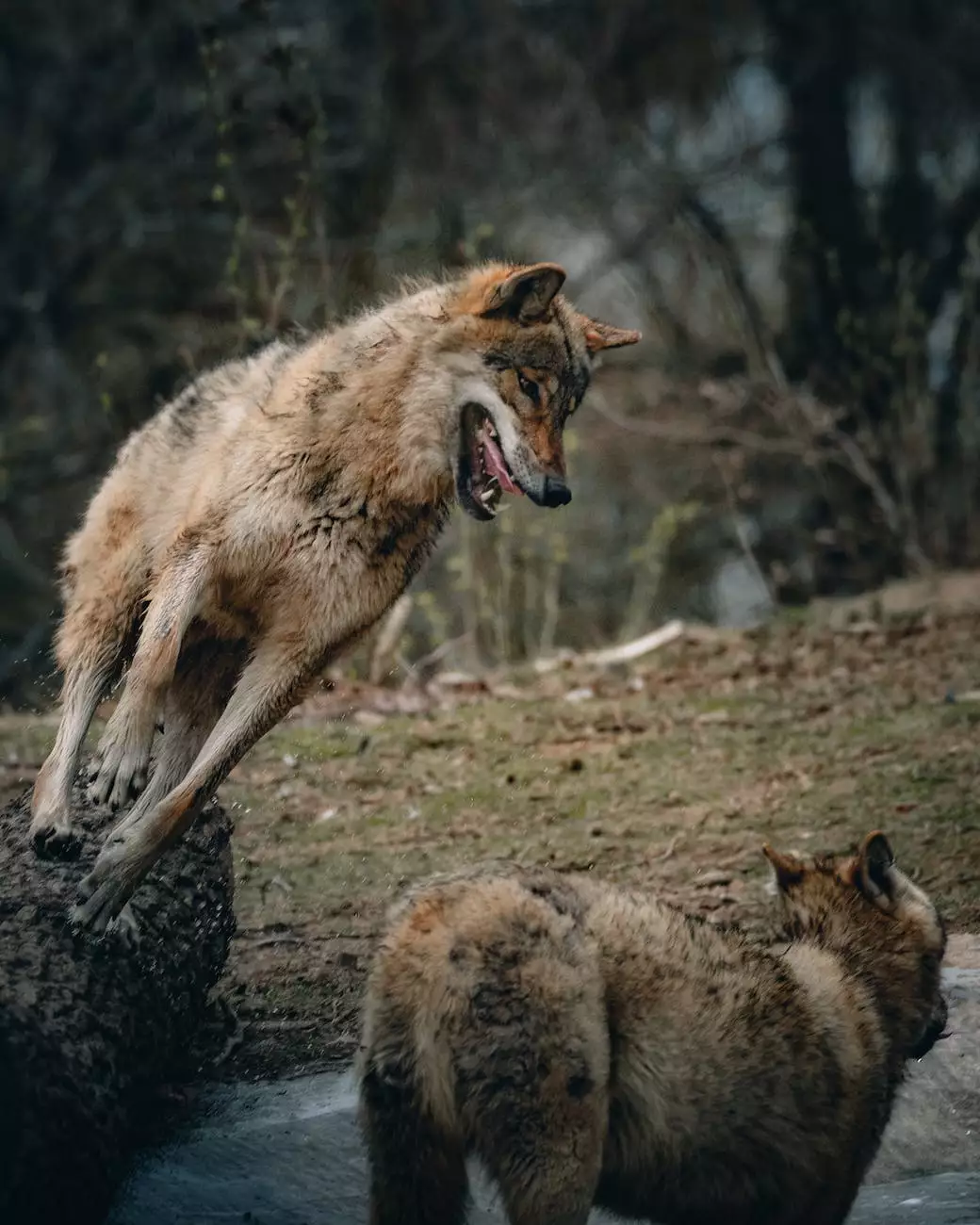How do wolves communicate?
Blog
At Meaningful Connections Brand Consulting, we understand the fascinating biology and behavior of wolves, including their complex communication methods. Wolves are highly social animals that rely on effective communication within their packs to coordinate hunting, establish dominance hierarchies, and maintain strong social bonds.
Understanding Wolf Communication
Wolves have an extensive repertoire of communication methods that utilize vocalizations, body language, and olfactory cues. These various forms of communication enable wolves to convey information and express their intentions effectively.
Vocalizations
One of the most recognizable forms of wolf communication is through vocalizations. Wolves use a diverse range of vocal signals, each with its own meaning and purpose.
- Howling: Howling is a characteristic vocalization associated with wolves. It serves multiple functions, such as long-distance communication between pack members, territorial marking, and rallying pack members for hunting or defensive purposes. Howling can also be a form of social bonding.
- Growling and Snarling: These low-frequency vocalizations are usually associated with aggression and dominance displays. They are used to establish boundaries and hierarchy within the pack, particularly during conflicts or confrontations.
- Barking: While less common than howling, wolves can also bark. Barking is typically associated with alarm, threat perception, or as a warning signal to other pack members.
- Whining: Whining is a high-pitched vocalization often used by wolf pups to elicit care and attention from adult pack members. It can also be used as a submissive behavior during social interactions.
Body Language
Wolves make extensive use of body language to communicate with one another. Their highly expressive postures and gestures can convey a wide range of messages and emotions.
- Alpha Stance: When in a dominant position, a wolf may adopt an alpha stance with its head held high, tail straight out or slightly upwards, and a rigid body posture. This signals dominance and asserts an individual's position within the pack hierarchy.
- Submissive Posture: A submissive wolf will lower its body, tuck in its tail, and sometimes even roll onto its back to expose its vulnerable belly to show deference to more dominant pack members.
- Play Bow: The play bow is a playful gesture where a wolf lowers its front legs while keeping its rear end up in the air. This posture is often used to initiate play behavior and invite other pack members to engage in social interactions.
- Aggressive Stance: When displaying aggression or defending their territory, wolves may exhibit an aggressive stance, which involves erect posture, raised hackles, and bared teeth. This serves as a clear warning to potential threats or challengers.
Olfactory Communication
Wolves have an exceptional sense of smell, and they utilize olfactory communication to convey important information about their environment, territory, and social status.
Scent-marking: Wolves mark their territory and leave scent cues by urinating, defecating, or rubbing against objects. These markings contain chemical signals that communicate messages about pack presence, territory boundaries, and reproductive status. Wolves can detect and interpret these scents using their highly sensitive noses.
The Importance of Communication in Wolf Packs
Effective communication is vital for the survival and success of wolf packs. By communicating effectively, wolves can coordinate their hunting strategies, locate prey, and avoid conflicts within the pack.
Additionally, communication helps establish and reinforce social bonds among pack members. Strong social bonds are crucial for maintaining the unity and cooperation necessary to ensure the pack's overall well-being.
Communication and Hunting
When hunting, wolves use both vocal and non-vocal communication to coordinate their actions and maximize their chances of capturing prey. They employ distinctive vocalizations to signal the start of a hunt, coordinate movements, and communicate specific hunting strategies.
Non-vocal communication, such as body language and coordinated group movements, is also crucial during hunting. Wolves communicate silently through eye contact, shared body postures, and synchronized movements, allowing them to execute complex hunting techniques and target larger prey.
Communication for Social Bonds
Wolves are highly social animals, and effective communication plays a vital role in maintaining social bonds within the pack. Communication helps establish dominance hierarchies, resolve conflicts, and foster cooperation between pack members.
By using vocalizations, body language, and olfactory cues, wolves can convey trust, submission, playfulness, and other emotional states to build and reinforce social connections. These bonds ensure a cohesive and functional pack structure, promoting the welfare and survival of the entire group.
Conclusion
Understanding how wolves communicate is a fascinating field of study that highlights the complexity and intelligence of these incredible animals. At Meaningful Connections Brand Consulting, we provide insightful information on wolf communication, illustrating the importance of effective communication within the natural world.
By exploring the various communication methods such as vocalizations, body language, and olfactory cues, we can gain a deeper appreciation for the intricate social dynamics and behaviors of wolf packs. Our expert consultancy services aim to enhance your understanding of the natural world and its connection to human interactions.




